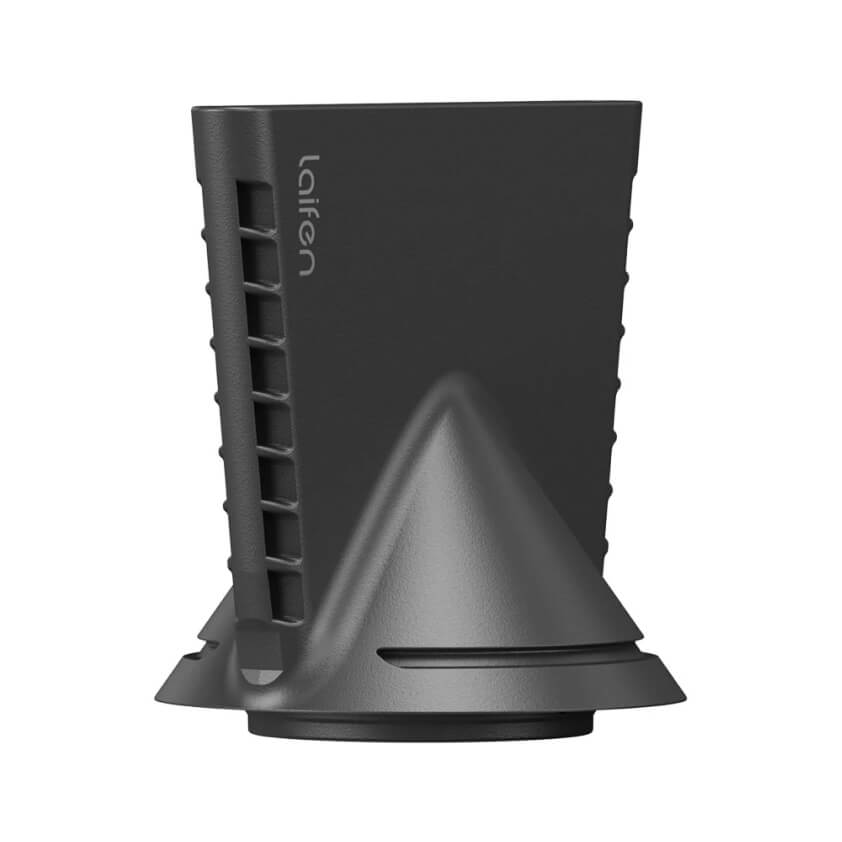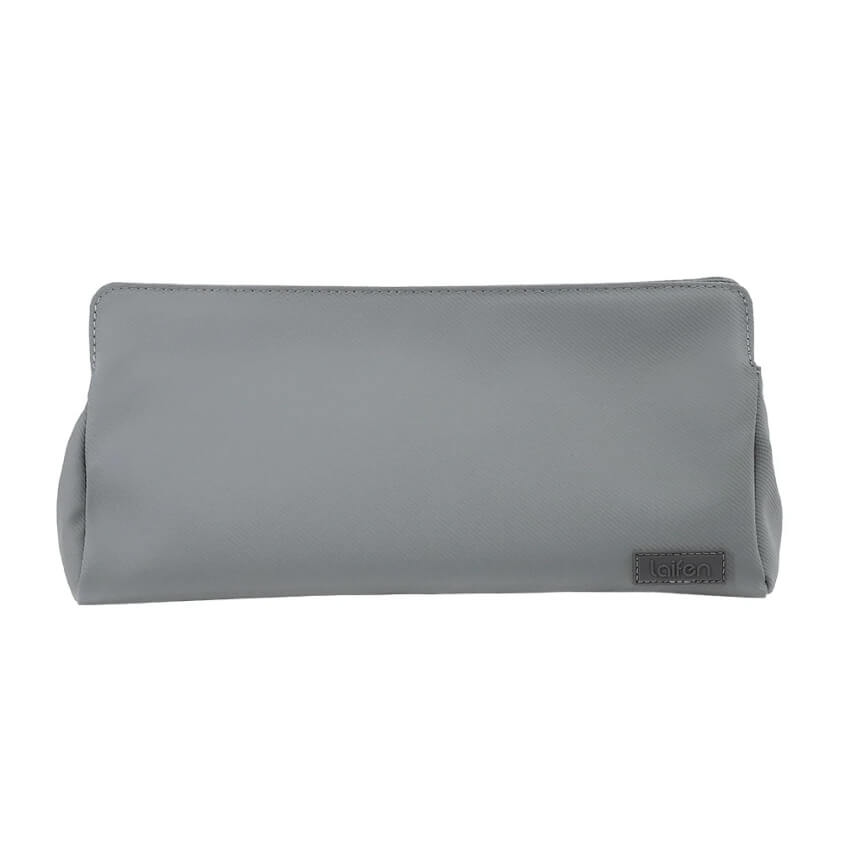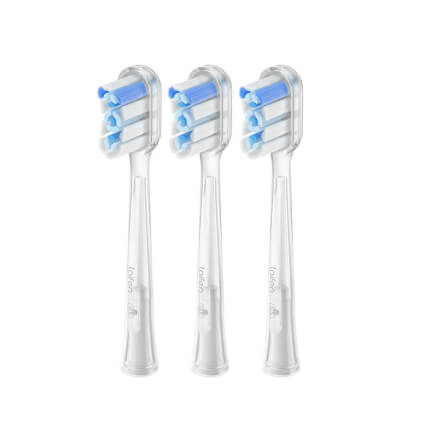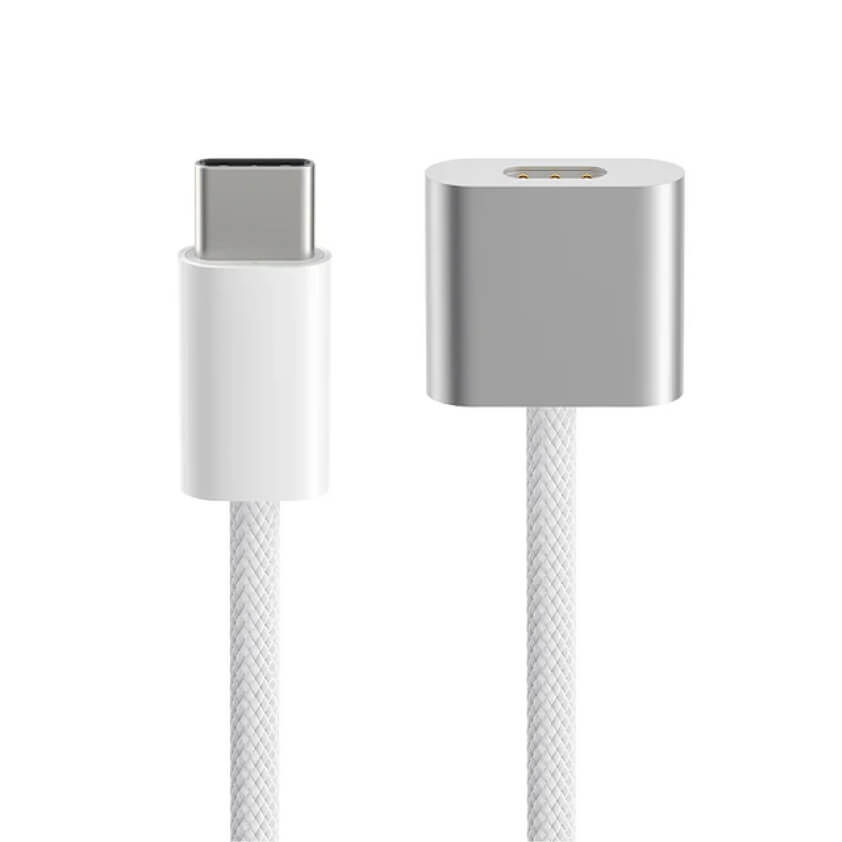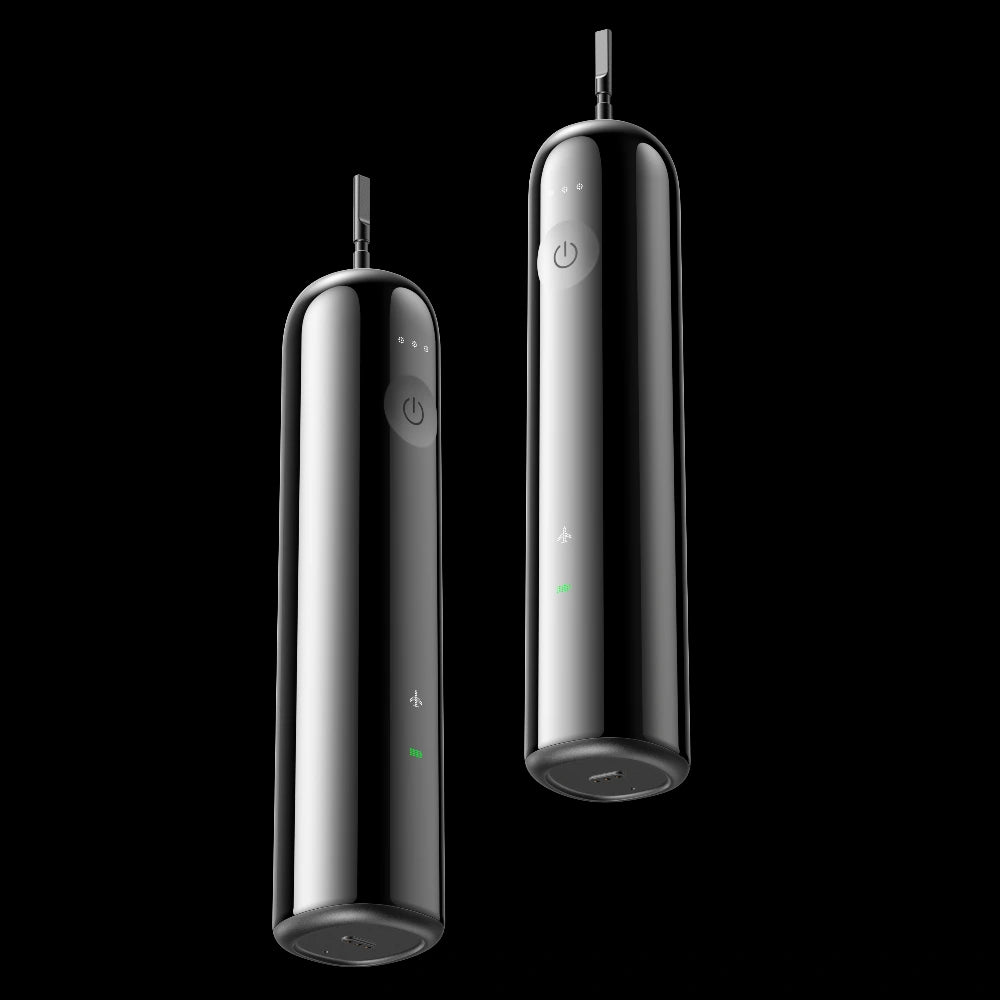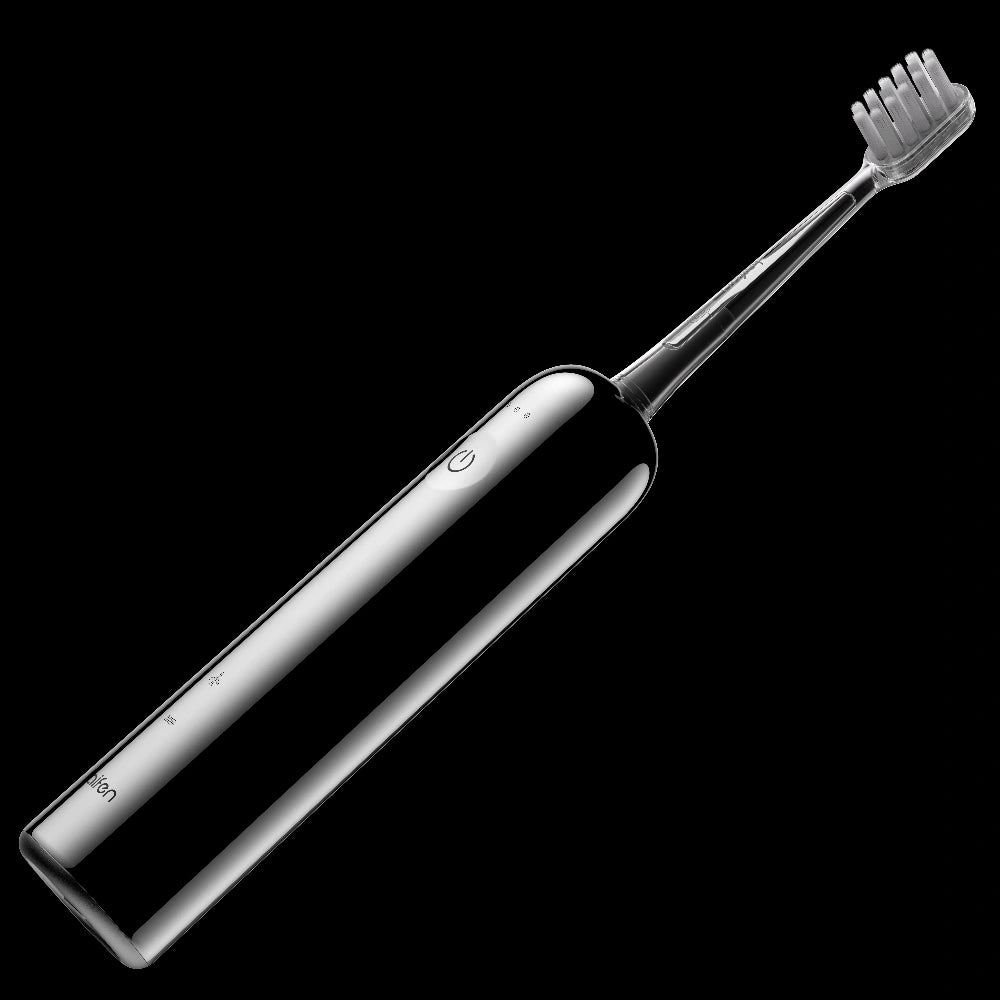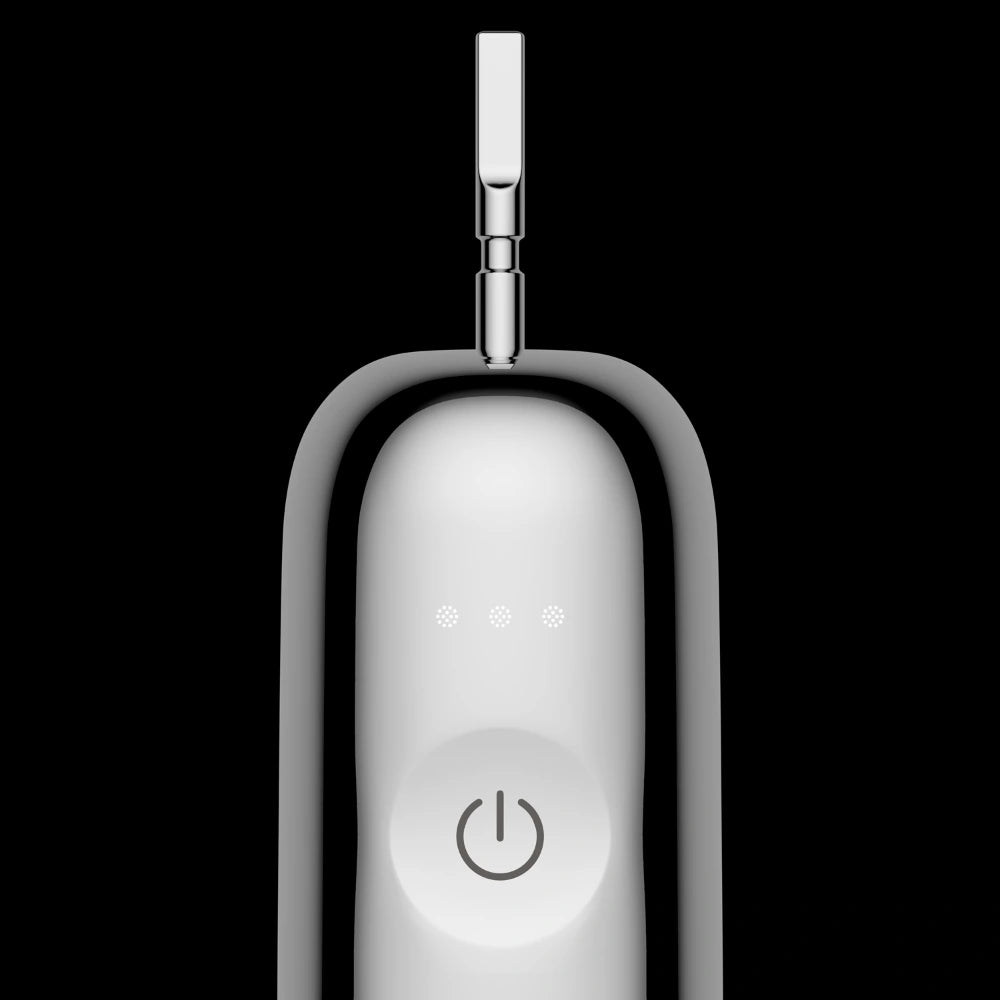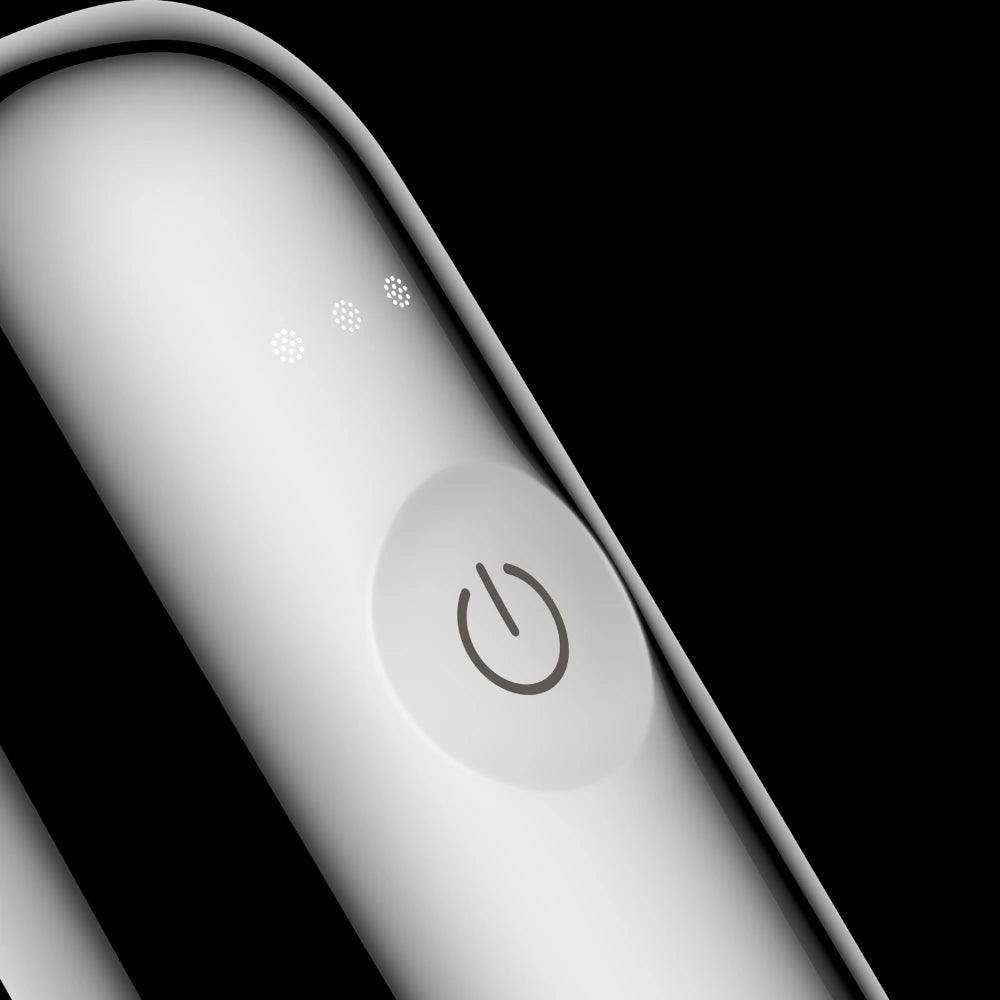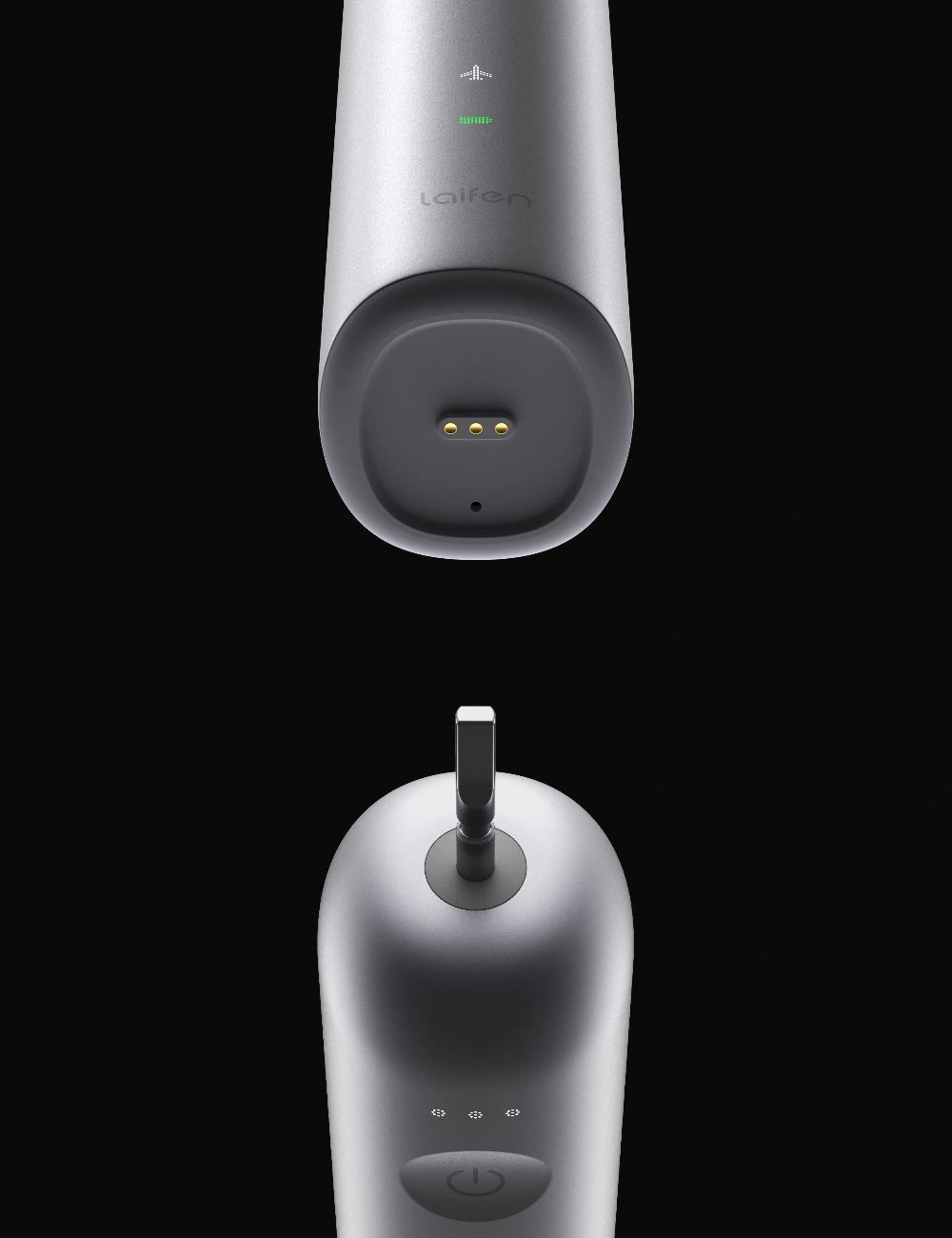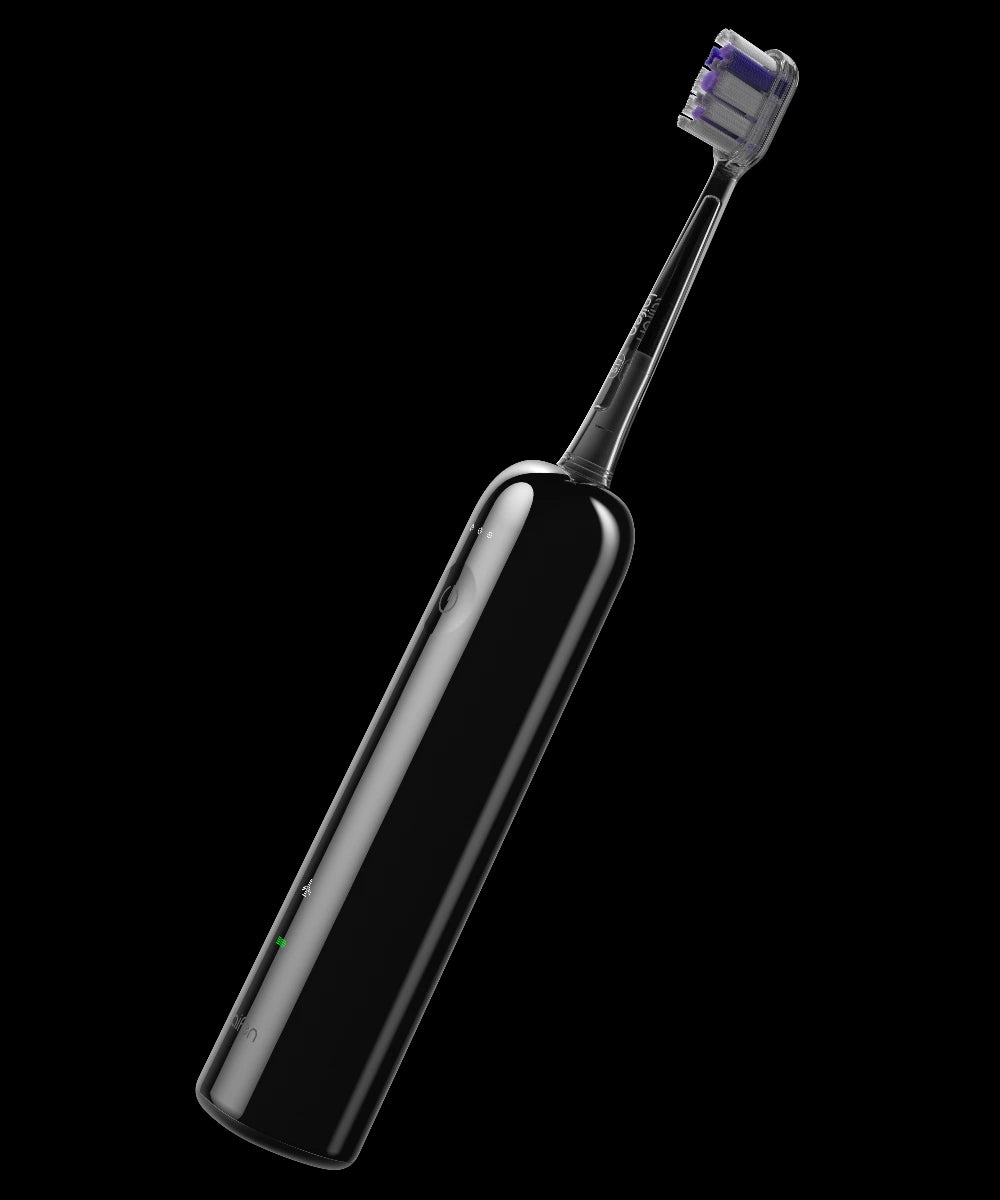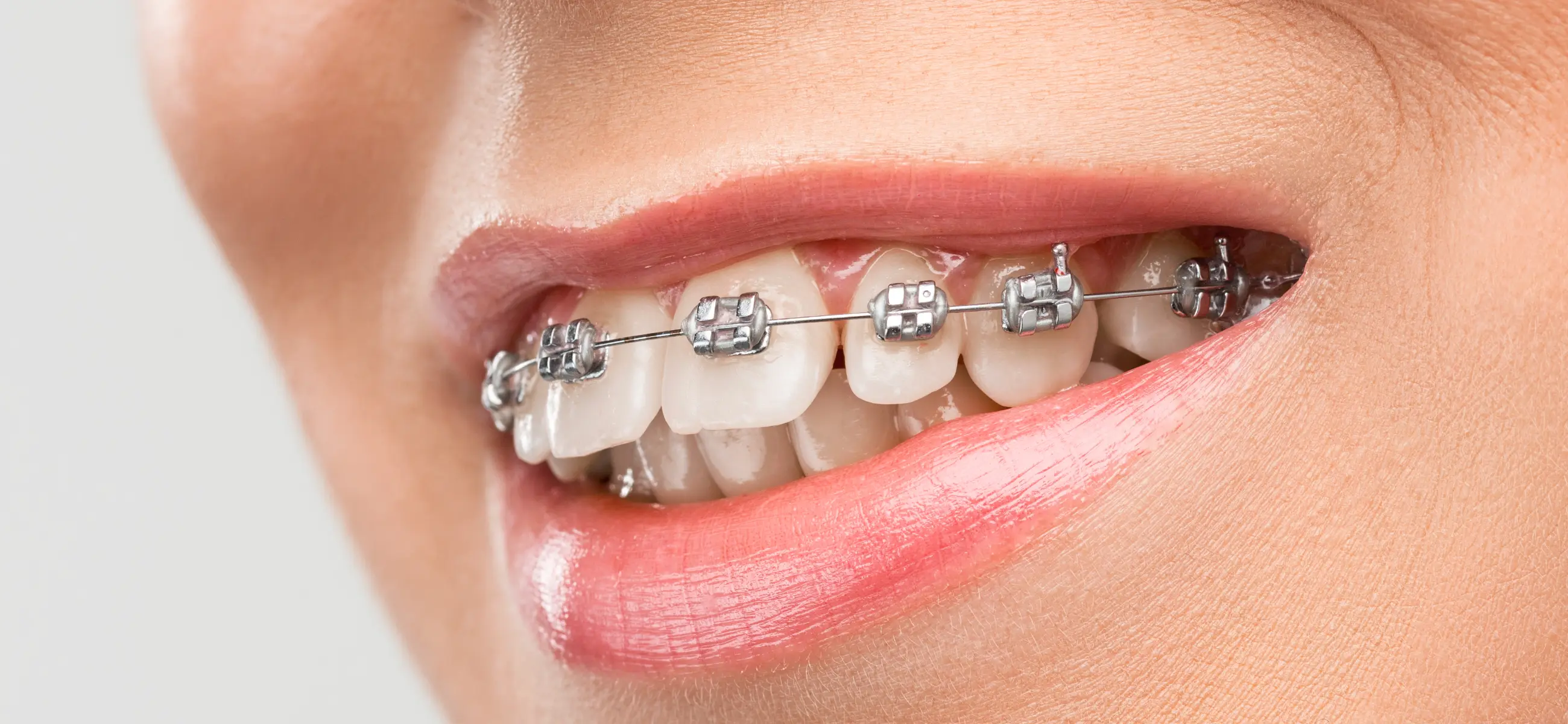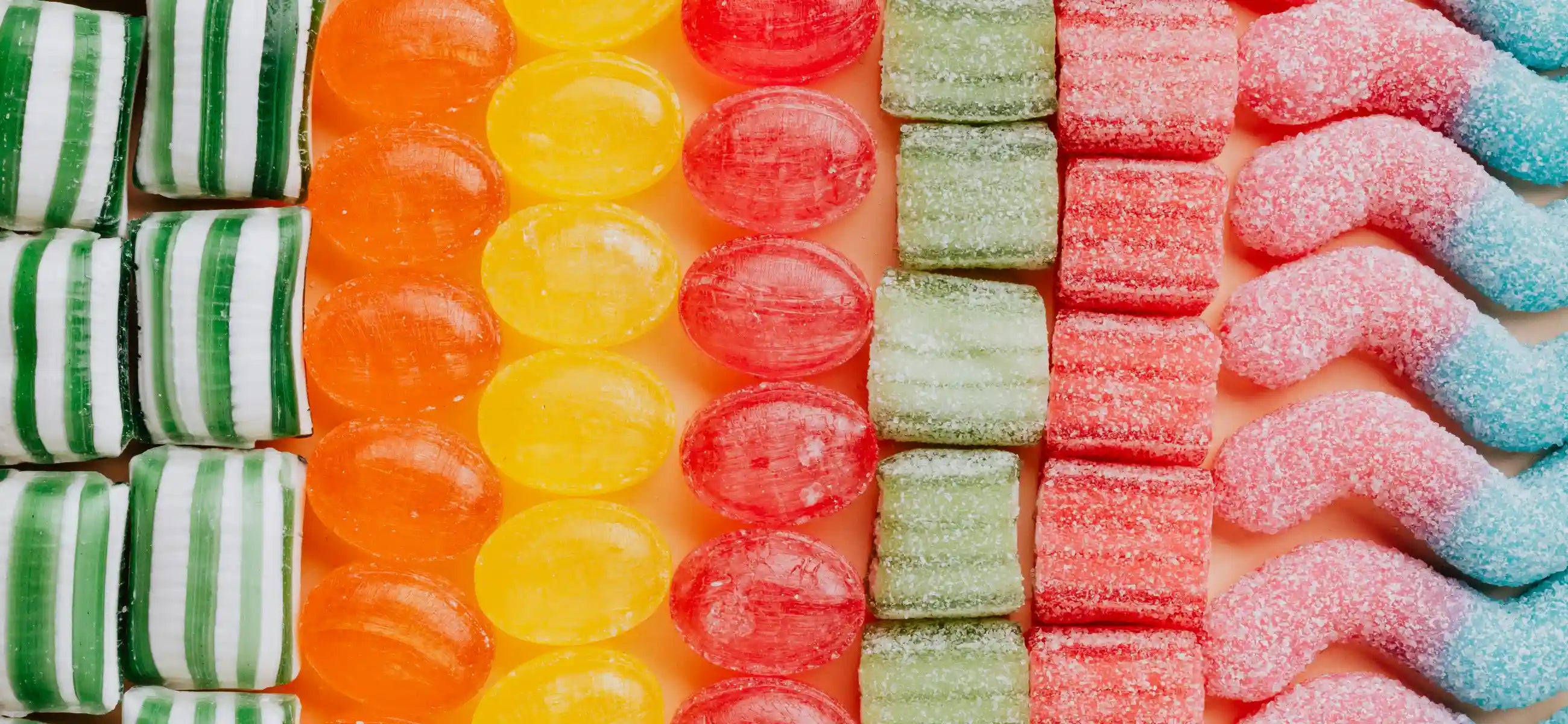
In this article
Chewing gum with braces can be a sticky situation because this offers both perks and pitfalls. On the upside, sugar-free gum can stimulate saliva production and aid in cleaning and maintaining oral hygiene. However, the downsides include the risk of gum getting stuck in the braces or causing wires to bend.
When choosing gum, you are advised to opt for sugar-free and soft varieties to minimize potential damage. It's a no-go with traditional braces due to the risk of dislodging brackets or wires. Stick to orthodontist-approved options for a healthier smile!
Can you have chewing gum with braces?
So, when you've got braces, it's kinda tricky with chewing gum. Like, the regular stuff can totally get stuck in your braces and be a pain to clean. But there are some cool options out there that are softer and won't cause as much trouble.
Think sugar-free gums like Trident or Orbit. They're way gentler on braces and won't stick as much. Just remember, always check with your orthodontist first to make sure it's cool for your specific braces setup.
Why cannot you chew gum with braces?
Here are some points on why you can't chew gum with braces:
-
Chewing gum can get stuck in the brackets and wires of your braces and makes it difficult to clean and potentially causing hygiene issues.
-
There's a risk of the gum pulling on the wires or brackets of your braces, which can lead to discomfort or even damage to your orthodontic appliances.
-
Chewing gum increases the chances of brackets coming loose or breaking off and requires additional visits to your orthodontist for repairs.
-
Gum residue left behind in your braces can attract bacteria and causes plaque buildup and increases the risk of tooth decay.
-
Most orthodontists advise against chewing gum with braces to avoid complications and keep the success of your orthodontic treatment.
What type of gum can you chew with braces?
You can try those braces-friendly gum options:
Sugar-free gum: Look for sugar-free gum brands like Trident, Orbit, or Extra. These gums are less likely to stick to your braces and are easier to clean.
Soft chew: You can choose from softer gum varieties that are less likely to get stuck in your braces or pull on your wires. Brands like B-Fresh or Spry offer softer chewing gum options.
Orthodontist-approved: Some orthodontists may recommend specific gum brands or types that are safe to chew with braces. It's always a good idea to check with your orthodontist for their recommendations.
How does chewing gum impact on your braces?
Chewing gum can have various impacts on your braces:
Sticky residue
The sticky nature of chewing gum can cause it to adhere to the brackets and wires of your braces. This can make it challenging to clean your braces properly, and as we said causes a buildup of plaque and adds the risk of tooth decay and gum disease.
Bracket damage
The act of chewing gum can put pressure on the brackets of your braces. This pressure may cause the brackets to become loose or even break off, necessitating additional visits to your orthodontist for repairs.
Wire displacement
Chewing gum can also exert force on the wires of your braces, also causing them to move out of alignment. This can disrupt your orthodontic treatment progress and may require adjustments from your orthodontist to correct.
What you need to do with gums on your braces?
When dealing with gum on your braces, you'll need a few tools to help you out:
-
Use a soft-bristled toothbrush to brush your teeth and braces.
-
This wax can be applied to any irritating brackets or wires caused by the gum.
-
Flossing can help remove any stubborn gum stuck between your teeth and braces.
Here's how to tackle gum on your braces:
Step 1. If you notice gum stuck on your braces, stop chewing immediately.
Step 2. Use your fingers or a toothbrush to remove any visible gum from your braces, brackets, and wires.
Step 3. If any brackets or wires are irritated by the gum, apply a small amount of orthodontic wax to provide temporary relief.
Step 4. Brush your teeth and braces with a soft-bristled toothbrush to remove any remaining gum residue.
Step 5. If there's gum stuck between your teeth and braces, use dental floss to gently work it out.
Step 6. Rinse with water or mouthwash to remove any leftover gum particles and freshen your breath.










